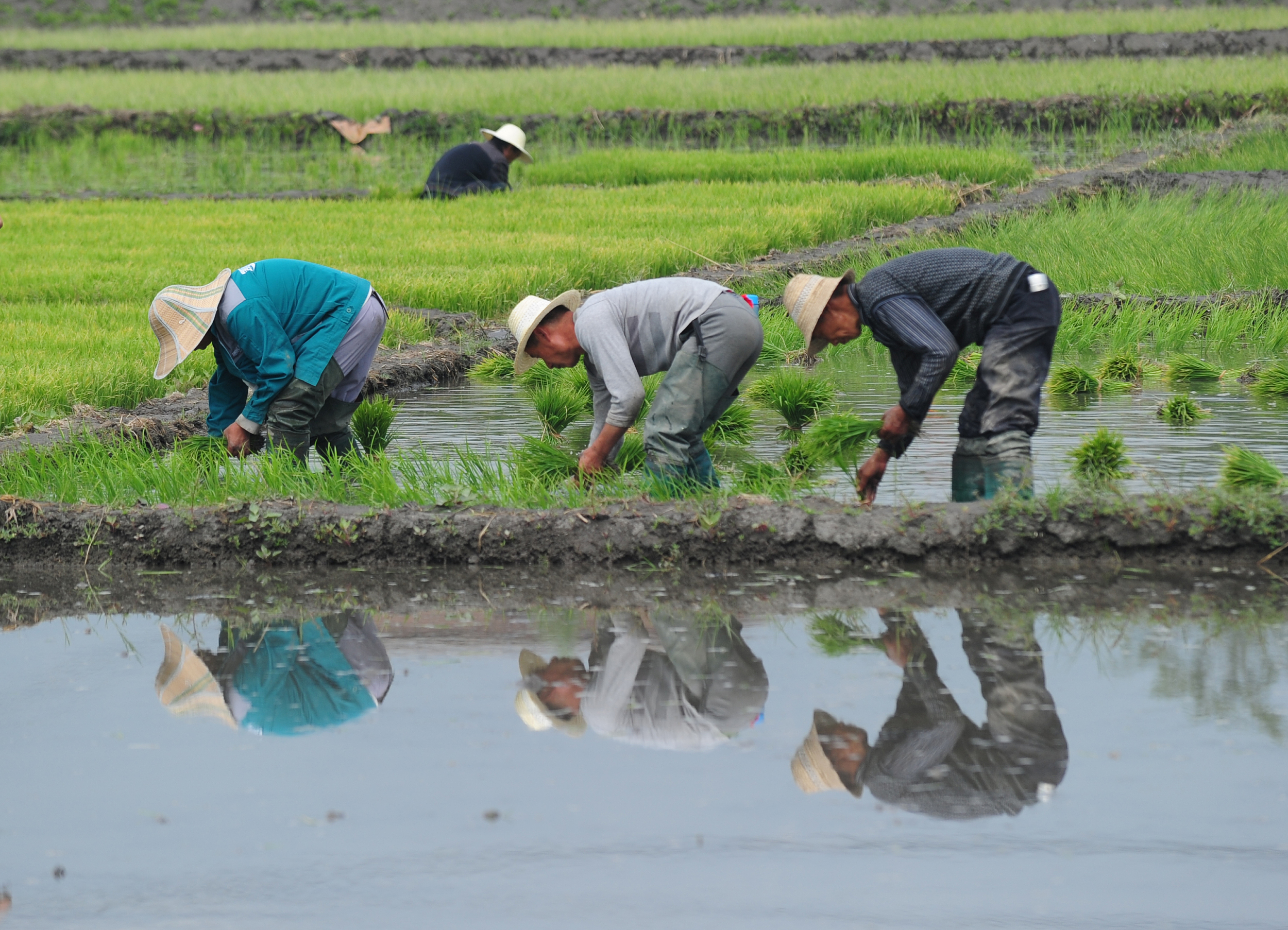Traditional Brands Contribute to Rural Revitalization

Farmers plant rice seedlings in paddy field in Jinci town, Shanxi province.?(PHOTO: VCG)
By CHEN Chunyou & HAN Rong
In Shanxi province, besides the well-known aged vinegar and Shanxi Fen Wine, another unique but quite less well-known regional brand is the Jinci rice, which was identified as a National Geographical Indication Product in 2010.
Jinci rice is traditionally grown in the lush black earth in Jinci town of Jinyuan district, provincial capital Taiyuan. It has a crystal appearance, a good aroma and a sticky taste. The water for the rice comes from the nearby springs, which have rich minerals and contribute to the good quality of the rice. In ancient times, Jinci rice was served on the table of royal families.
In the mid-1990s, due to environmental, water and soil reasons, Jinci rice was on the verge of extinction. But because it had been a unique calling card of Jinyuan, the nostalgia attached to the rice was strong and it drove the collective call from the public to recover the rice's past glory.
In recent years, Jinyuan implemented a revitalization plan for the Jinci rice industry. With support from the Jinyuan government, many villages established planting bases to grow improved varieties of their famous rice.
This year, the Rice Research Institute of Shanxi Academy of Agricultural Sciences chose 15 mu (about one hectare) of paddy fields in Beidasi village as a pilot area, to carry out pre-commercial production of 17 new rice varieties, hoping to screen out high-quality and high-yield Jinci rice that adapted to the region.
If successful, planting on a large scale will be promoted so that more local people can eat authentic Jinci rice, said Guo Jianping, an official from the Jinyuan Bureau of Agriculture and Rural Affairs, adding that the area of rice planting in the region will cover 3,300 mu (about 220 hectares) this year.
Meanwhile, the district has innovated the franchise model, formulated a series of standards in planting, processing, packaging, sales, and brand building, and upgraded support facilities, such as irrigation canals, farmland roads, and harvesting machinery. To improve the quality of rice, agricultural experts are also hired to assist farmers with farmland management. In addition, online and offline marketing platforms complement each other to facilitate the delivery of rice to consumers.
The local governments also introduced subsidy policies, aimed at improving villagers' income earned from rice planting and keeping them motivated. Under these policies, the rice industry in this district has been achieving standardized development with unique local characteristics.
Jinyuan district will fully develop the symbolic value of Jinci rice, and build it into a brand representing Taiyuan's regional farming culture, while developing modern sightseeing agriculture, to create a new paradigm of rural tourism, which is well embedded into rural revitalization, said Guo.






